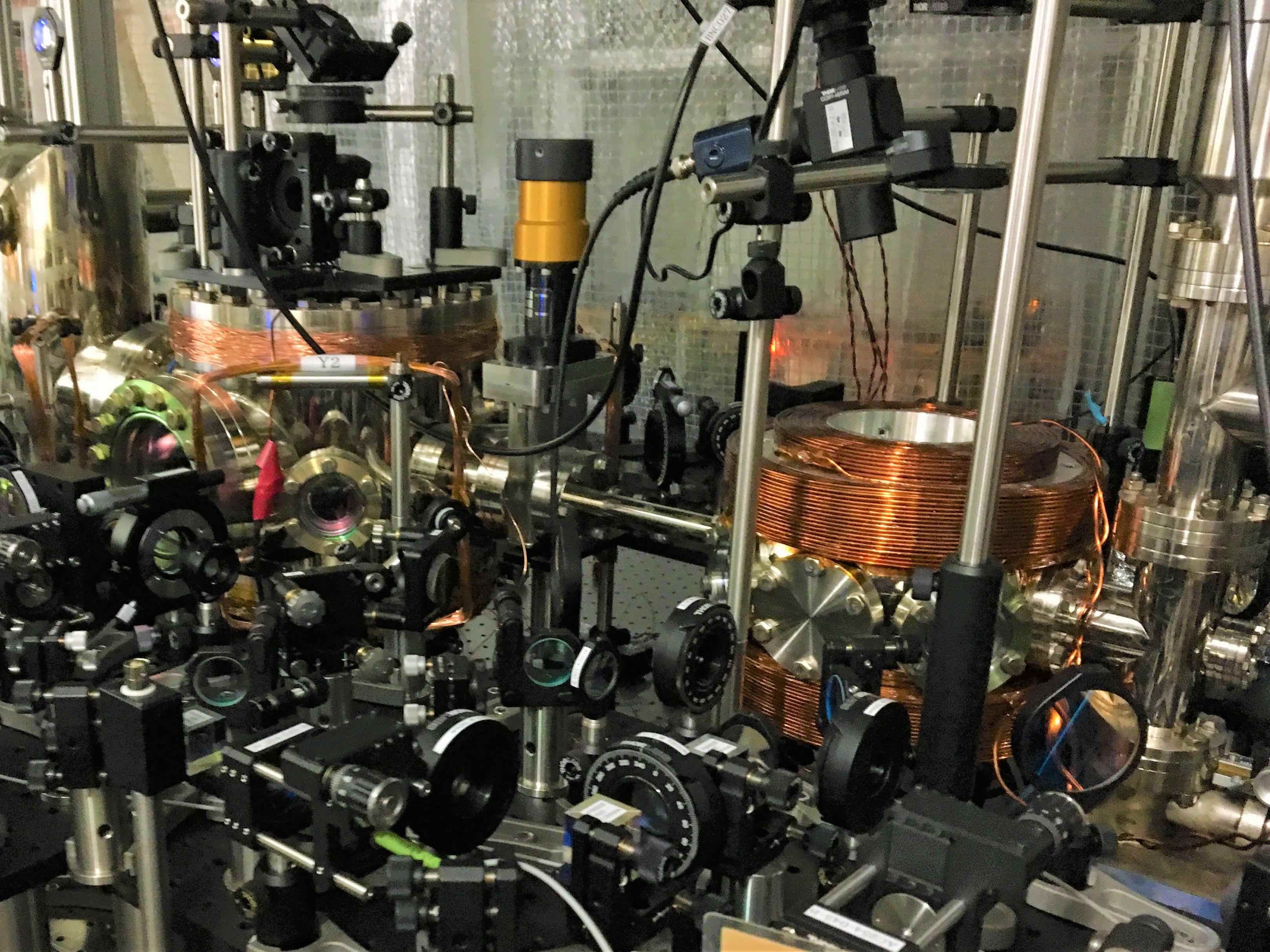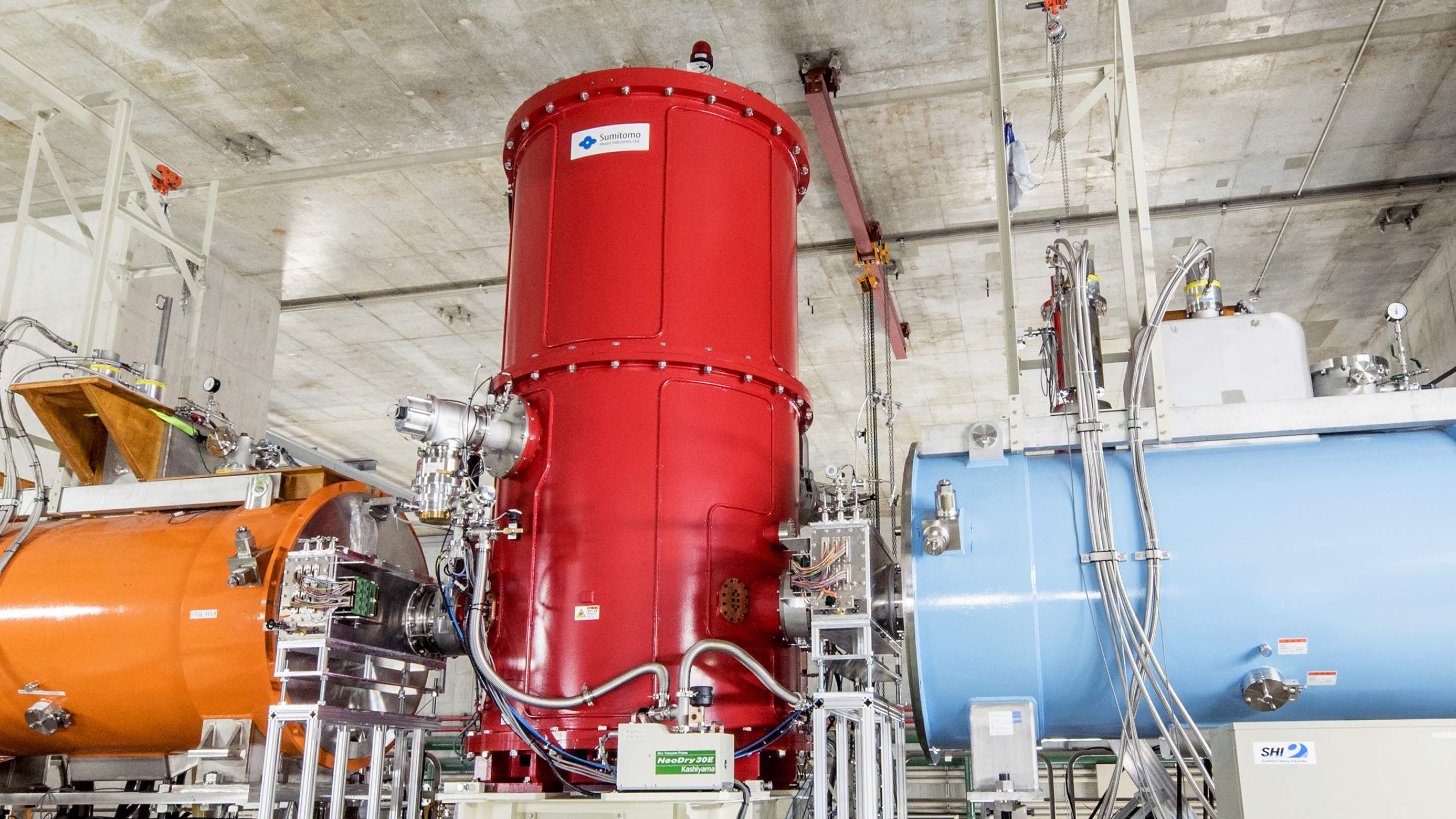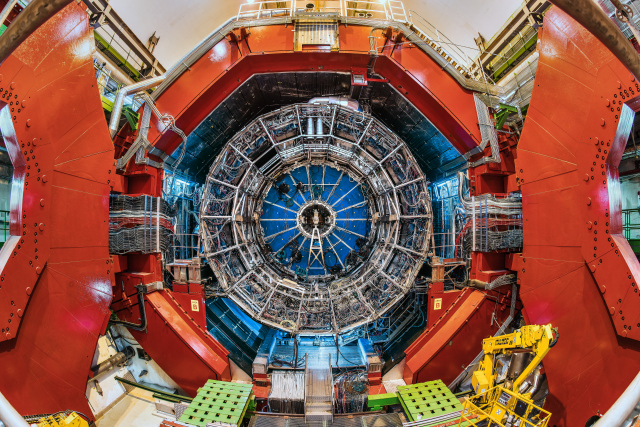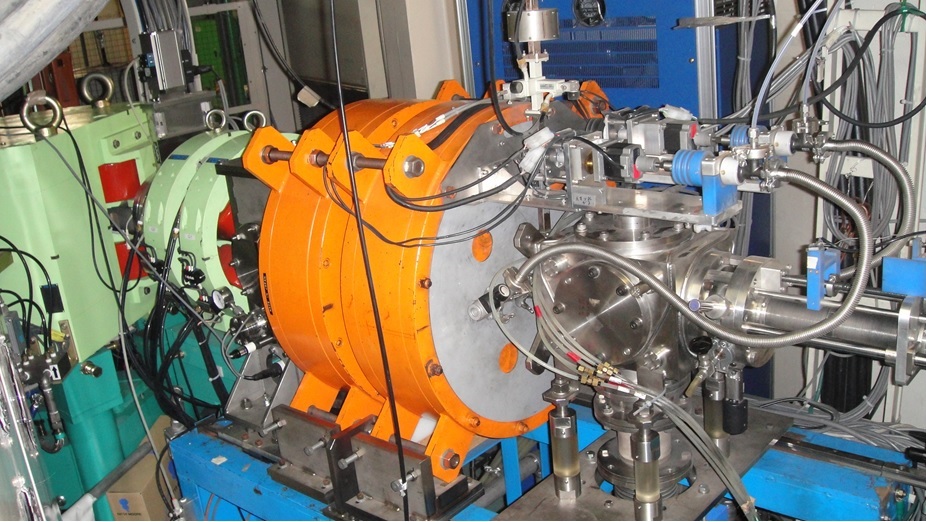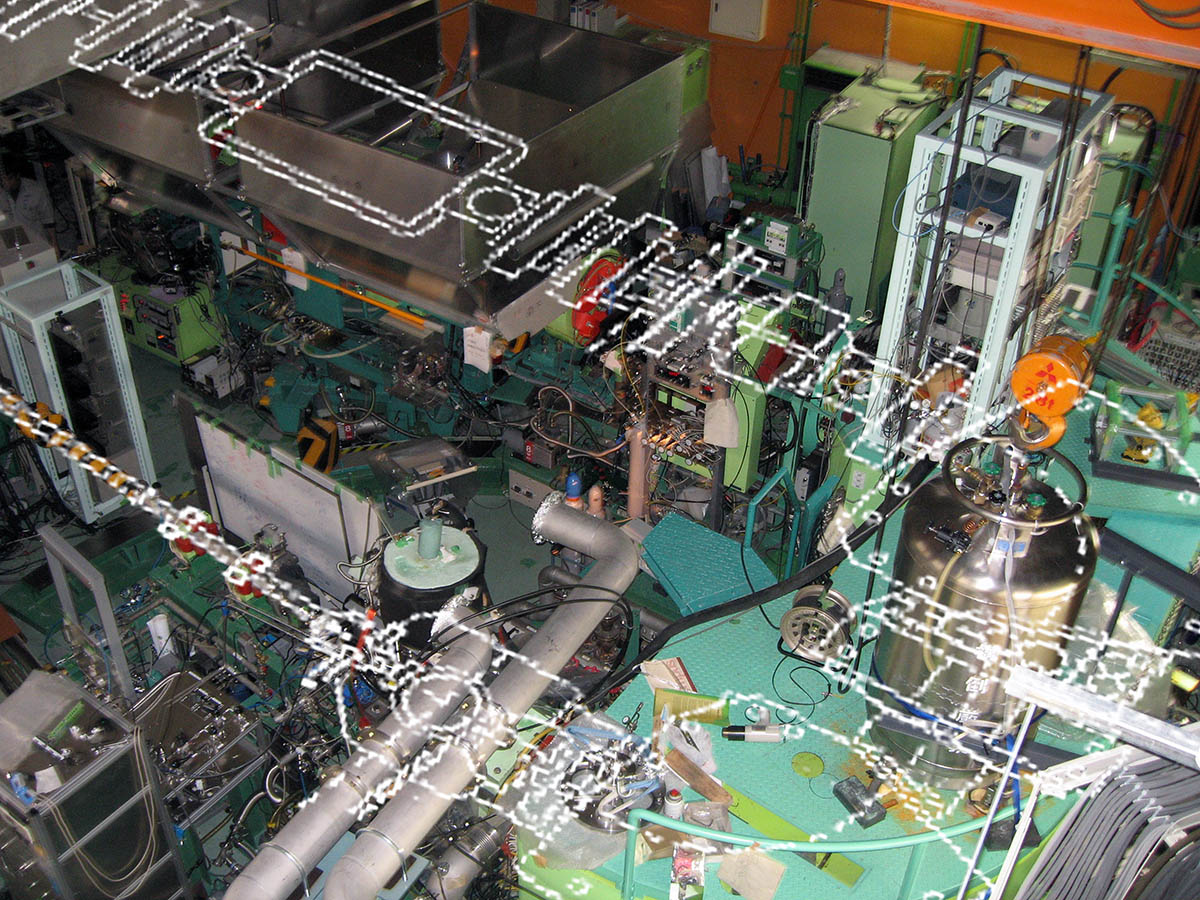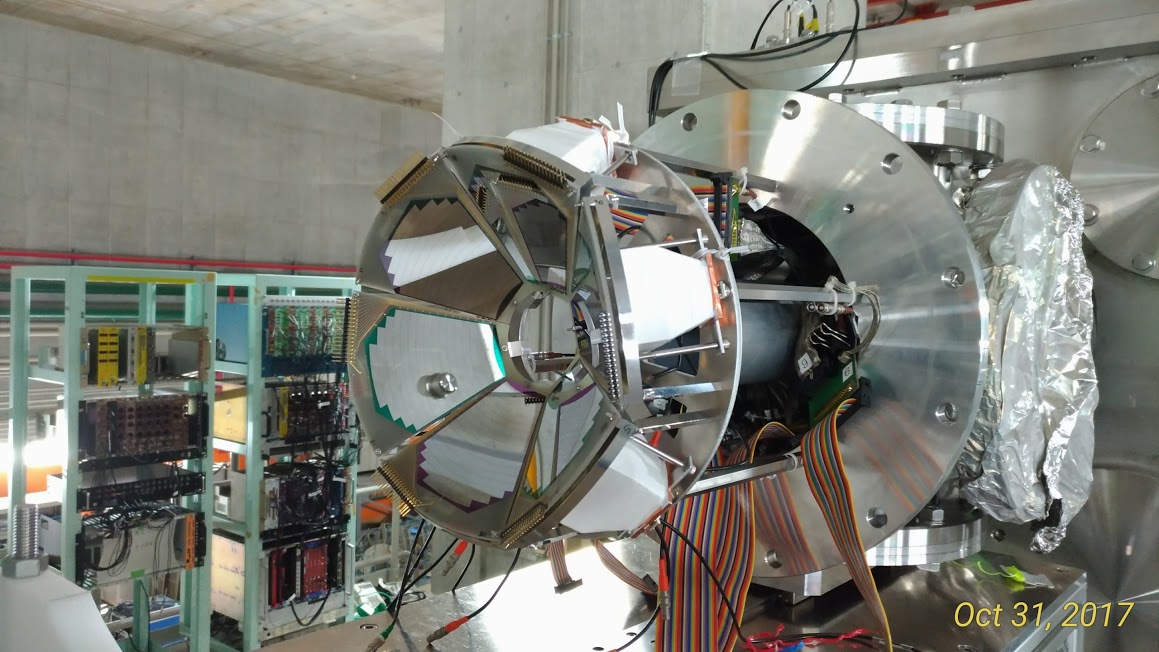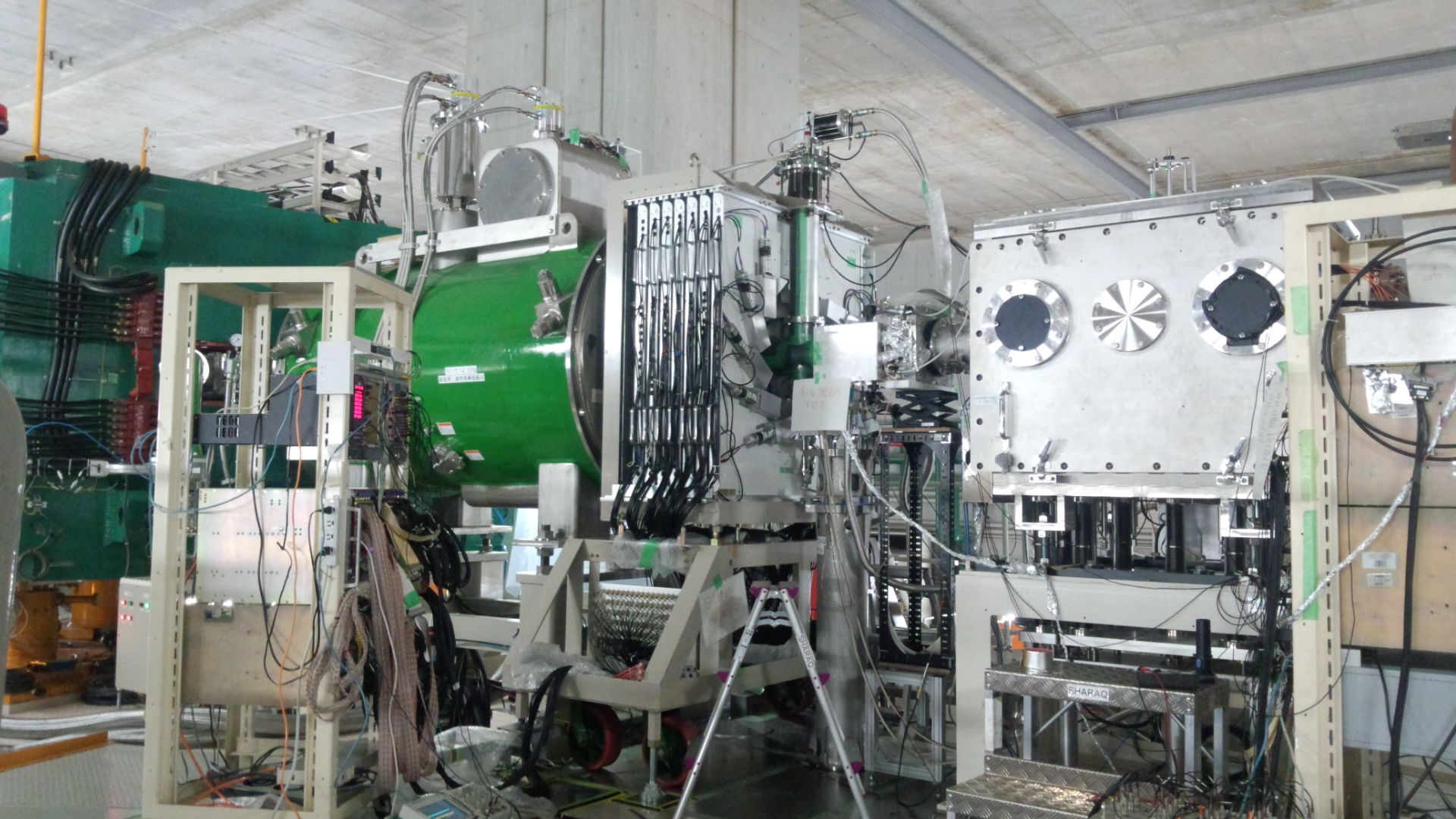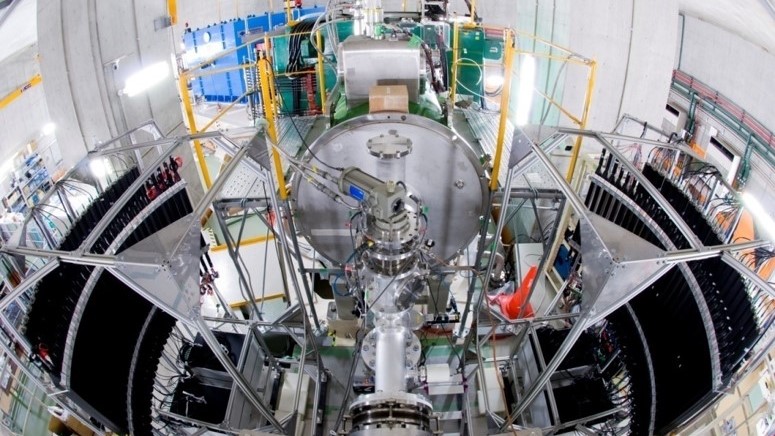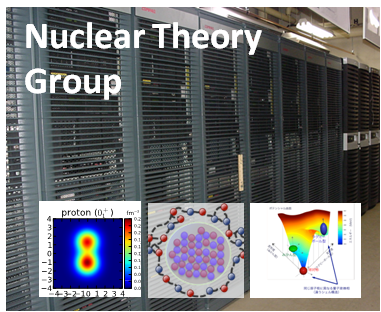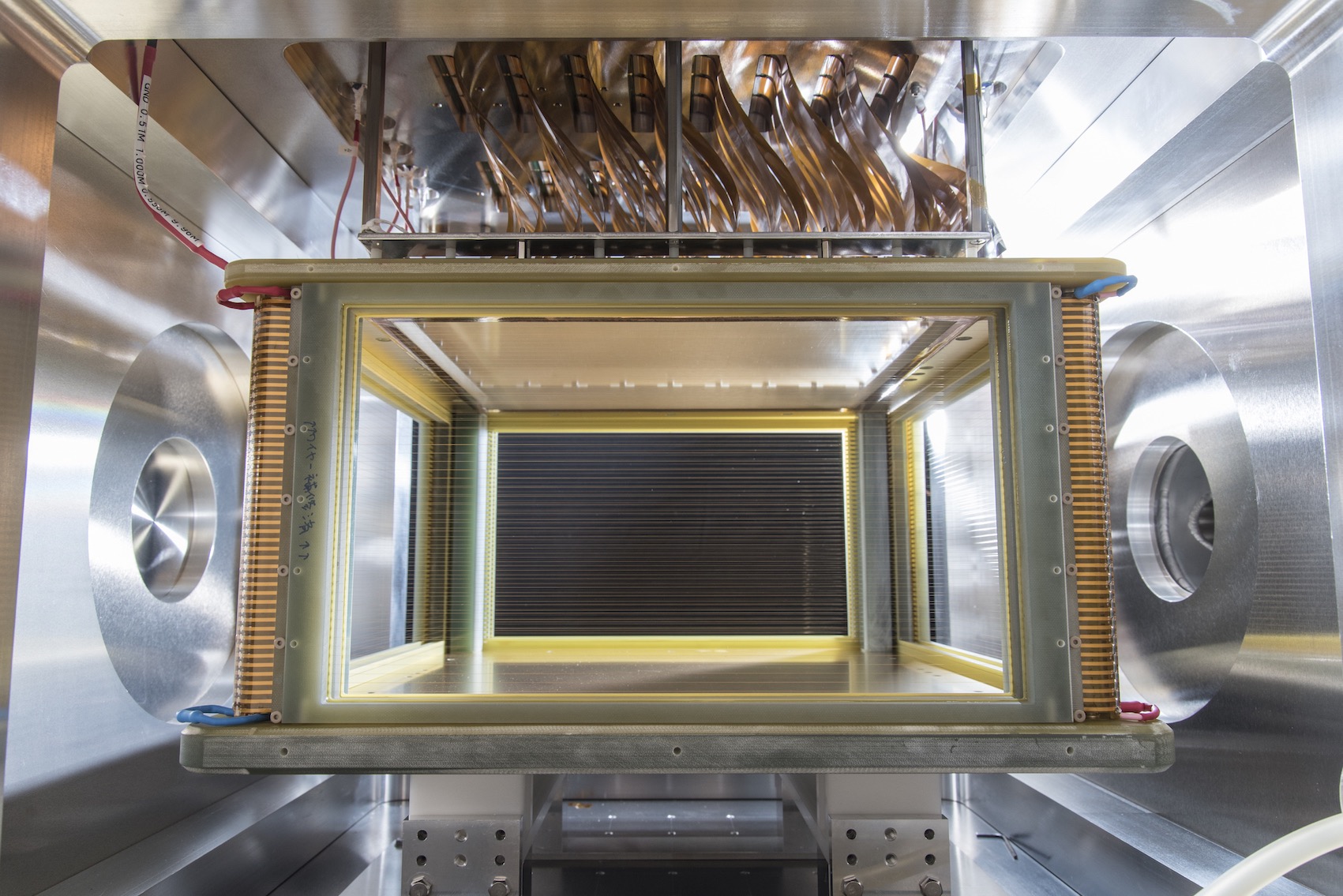Nuclear astrophysics
The mechanism of how the stars shine and how stellar explosions, such as supernova, occur in the universe is explained as the works of tiny “atomic nuclei” in atoms. “Nuclear astrophysics” is the research field to connect huge stellar objects in the vast universe and tiny atomic nuclei. One major goal of the nuclear astrophysics is to answer the fundamental question, how and where were all the elements, which constitute the earth and all the creatures, created. After three minutes from the Big bang, the temperature of the universe is cooled down to the domain of nuclear reactions and the first “nucleosynthesis” is performed. Eventually many stars were created in the universe, and heavier elements were synthesized from lighter elements in them. Meanwhile, the nuclear force has dominated the fate of the stars, from the birth to the death.
The relevant thermonuclear reactions in starts cannot be understood only with the observation, and therefore many experiments on nuclear reactions with accelerators have been performed, revealing the nature of the stellar reactions. However, it was not an easy task to simulate the stellar environment, where a huge number of atoms are condensed with a high pressure, by an accelerator experiment on the earth. The difficulty mainly comes from 1) the stellar ambient energy is too low compared to typical accelerator or nuclear physics energy, and 2) unstable nuclei, which are not seen naturally on the earth, may play important roles.
Yamaguchi-Lab/Nuclear Astrophysics Group of CNS is tackling on the mysteries about the universe with world-wide researchers, using the unique facility “CRIB”, which can produce unstable-nuclei beams at the temperature of explosive stellar objects. The Big-bang nucleosynthesis, the first nucleosynthesis in the universe, has a big problem as the present theoretical model cannot reproduce the observed abundance of the lithium element. As for X-ray burst, which is the most frequent thermonulcear explosion in the universe, how the proton-rich nuclear process (rp-process) works is not well studied, and it is still difficult to predict the light curve precisely due to our limited knowledge. The galactic gamma-rays from Aluminum-26 nucleus are well observed, but their original stellar sites are not clearly identified. Yamaguchi-Lab is studying on these problems, and interesting results are coming up. Nuclear astrophysics is becoming one major topic among the nuclear physics all over the world, and we are working on unique studies with a very international environment, also having a solid stage of research in Japan.
The page of Yamaguchi Lab/NAP Group
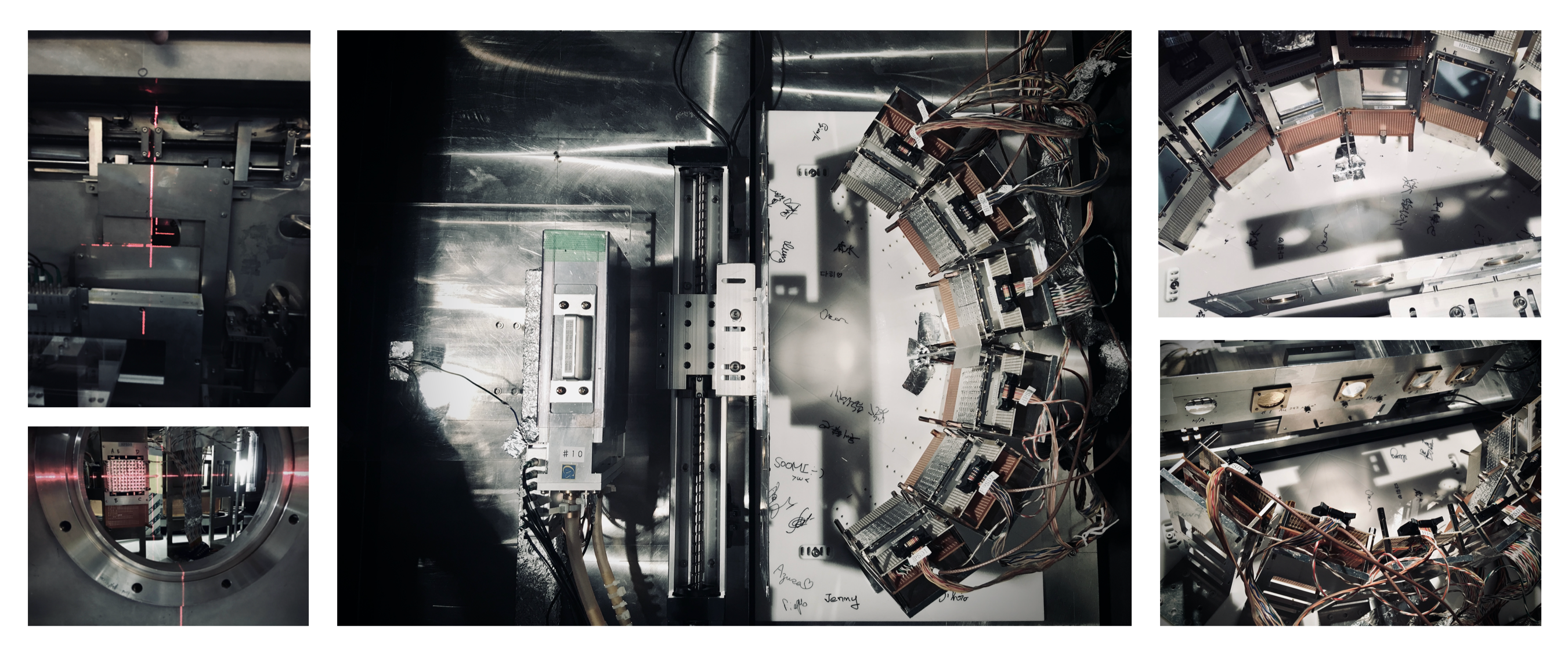 Figure: Experimental apparatus for the study of Big-bang nucleosynthesis, using the “Trojan Horse” method
Figure: Experimental apparatus for the study of Big-bang nucleosynthesis, using the “Trojan Horse” method
